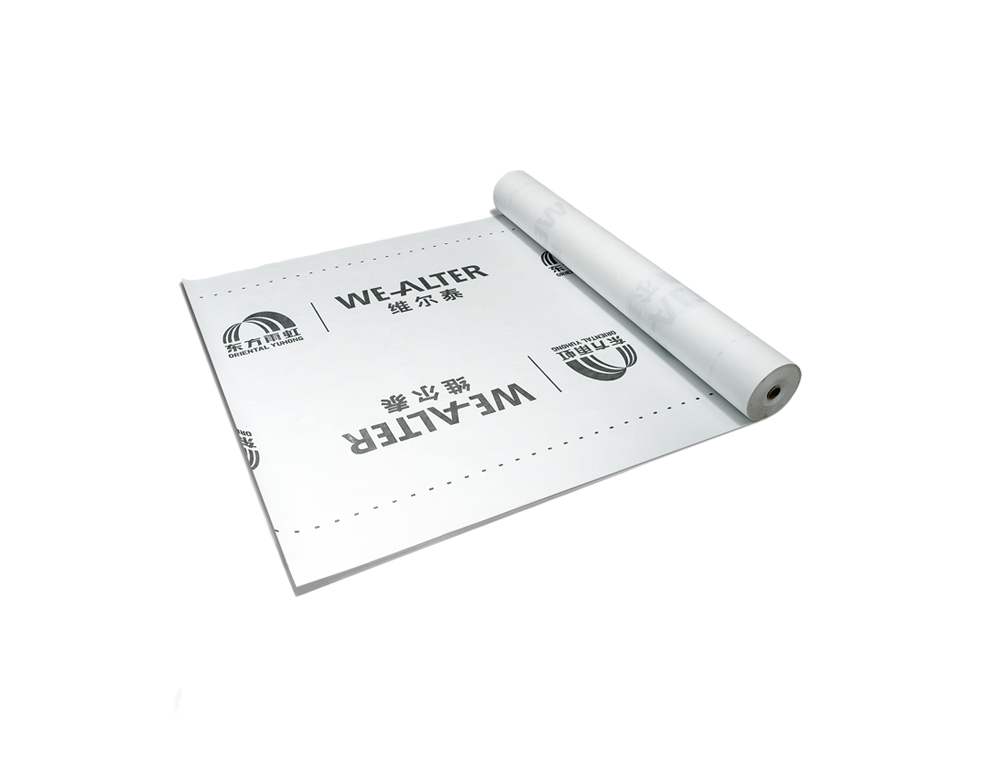Wealter enhanced waterproof vapor permeable membrane is made of a composite of polypropylene non-woven fabric and polyethylene membrane material, with the thickness of over 0.5mm, the width of 1.5m, and the length of 50m per roll.
The waterproof vapor permeable membrane mainly plays a role in blocking condensed water and allowing free water vapor to pass through the entire insulation system; it’s a "waterproof and windproof coat” for the insulation layer and even the entire building, which not only ensures the building free breathing but also enhances the waterproof performance of the insulation layer, thereby enhancing the overall energy-saving efficiency of the building and the service life of the insulation layer.
Features:
High strength: The non-woven fabric raw materials used are from virgin materials of high-quality manufacturers, and recycled materials are never used. They have stronger tensile strength under the same weight and can effectively cope with stress and deformation during use.
Good vapor permeability: It has been targeted to strengthen the strength and impermeability and other properties, and still has a high water vapor permeability, with a water vapor permeability of ≥ 1000g / m²·24h (tested according to GB17146), ensuring that the insulation layer and the external gas exchanges smoothly, keeping the insulation layer in a dry state, and enhancing the energy-saving efficiency.
Impermeability: With excellent impermeability, it can effectively and safely maintain the waterproof function for the condensation and leakage water that may occur in the enclosure structure, and guarantee the dryness of the insulation layer as well as the overall watertightness of the building.
Aging resistance: The raw material ratio and selection process have been specially designed to improve the aging resistance, which can well adapt to the application scenarios such as metal roofs with large temperature changes.









 Product Description
Product Description Application Scope
Application Scope

